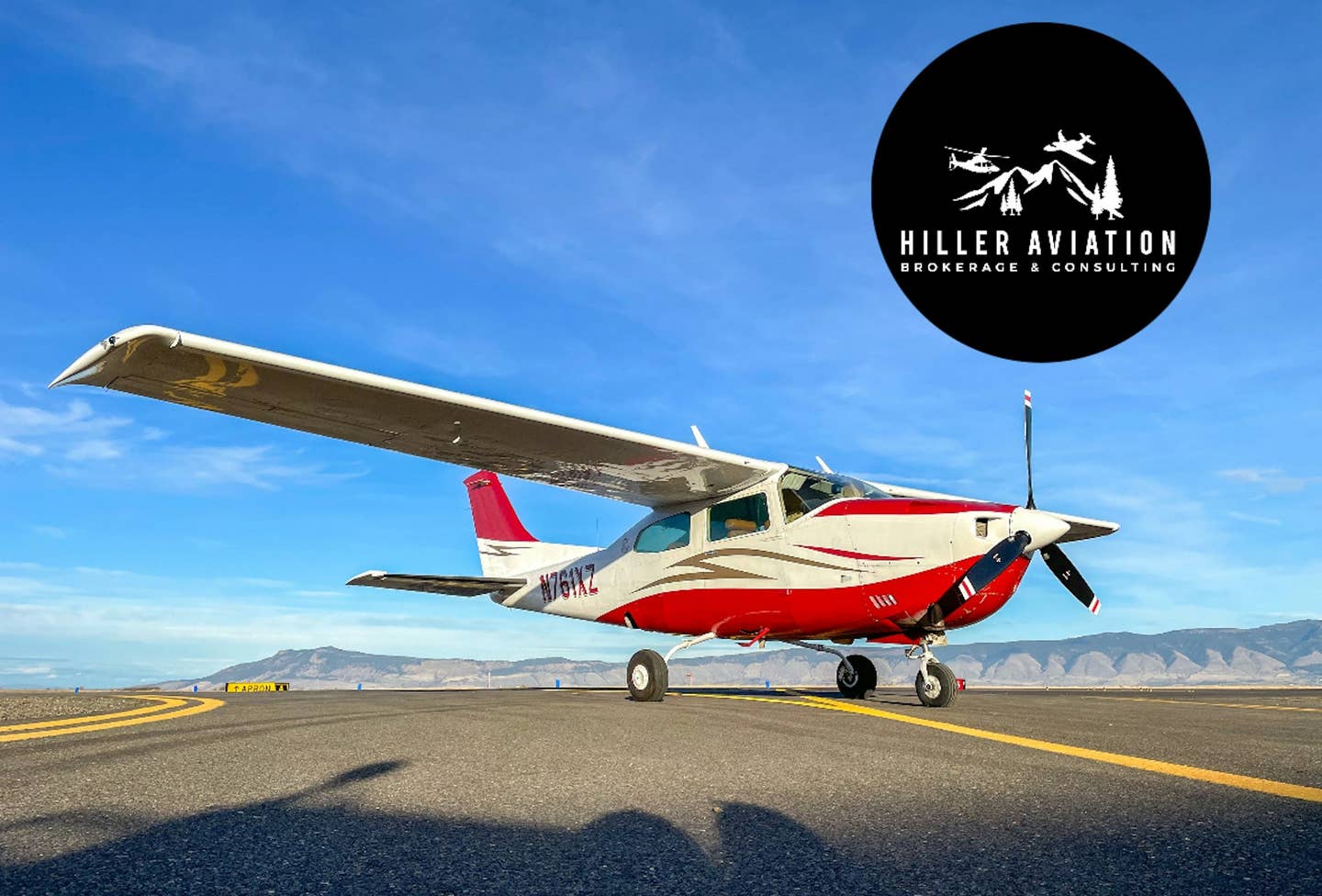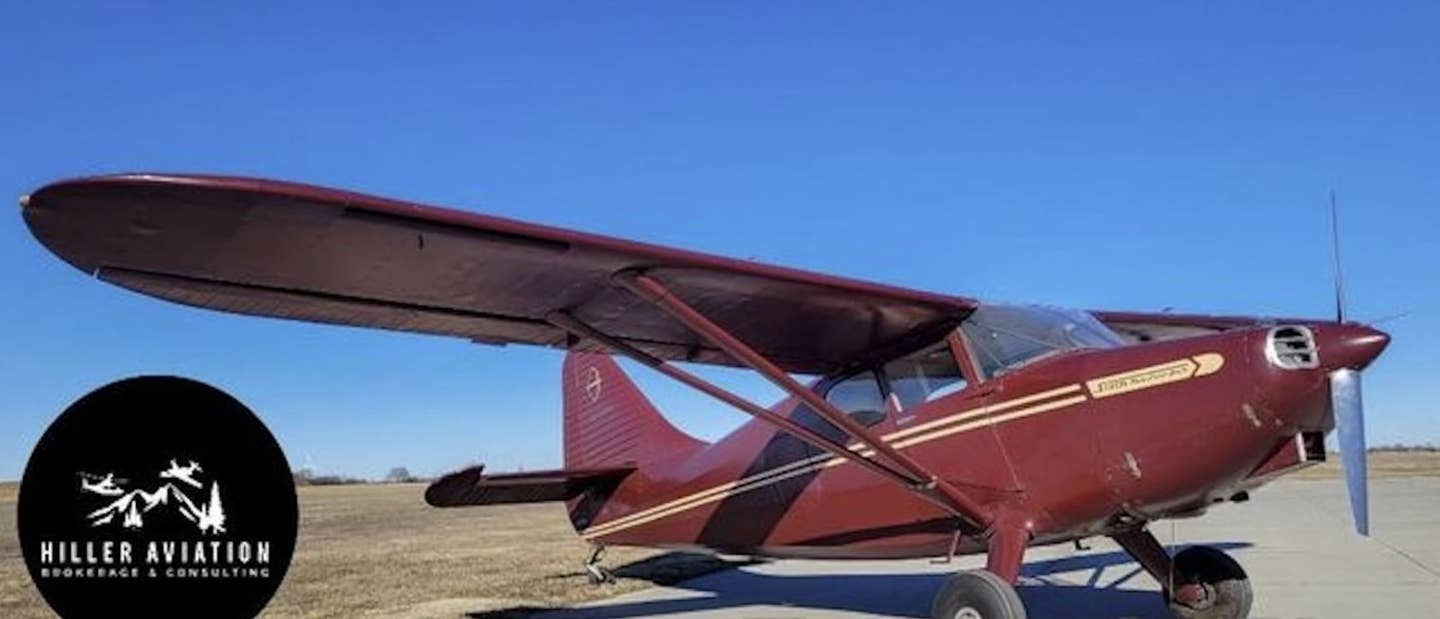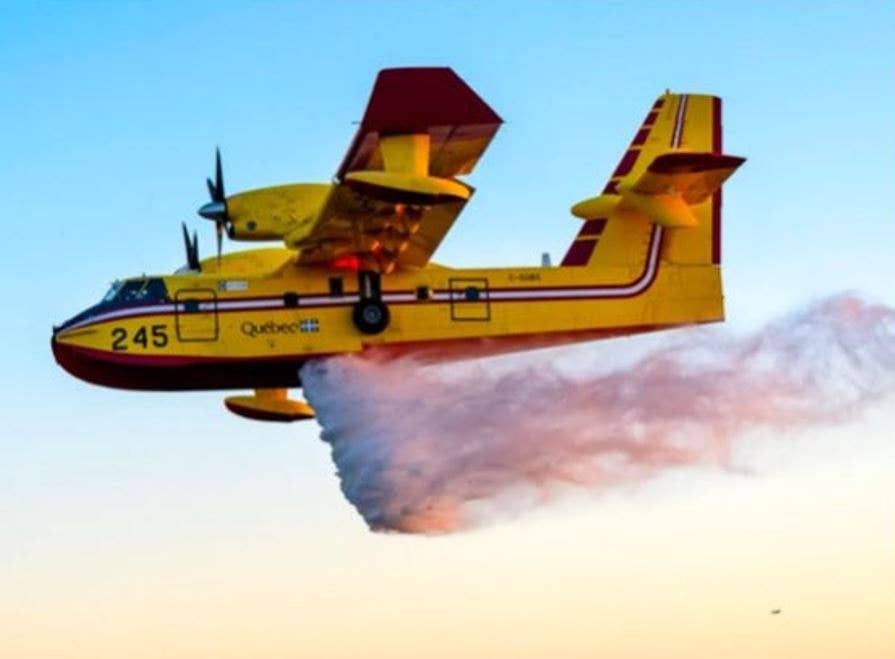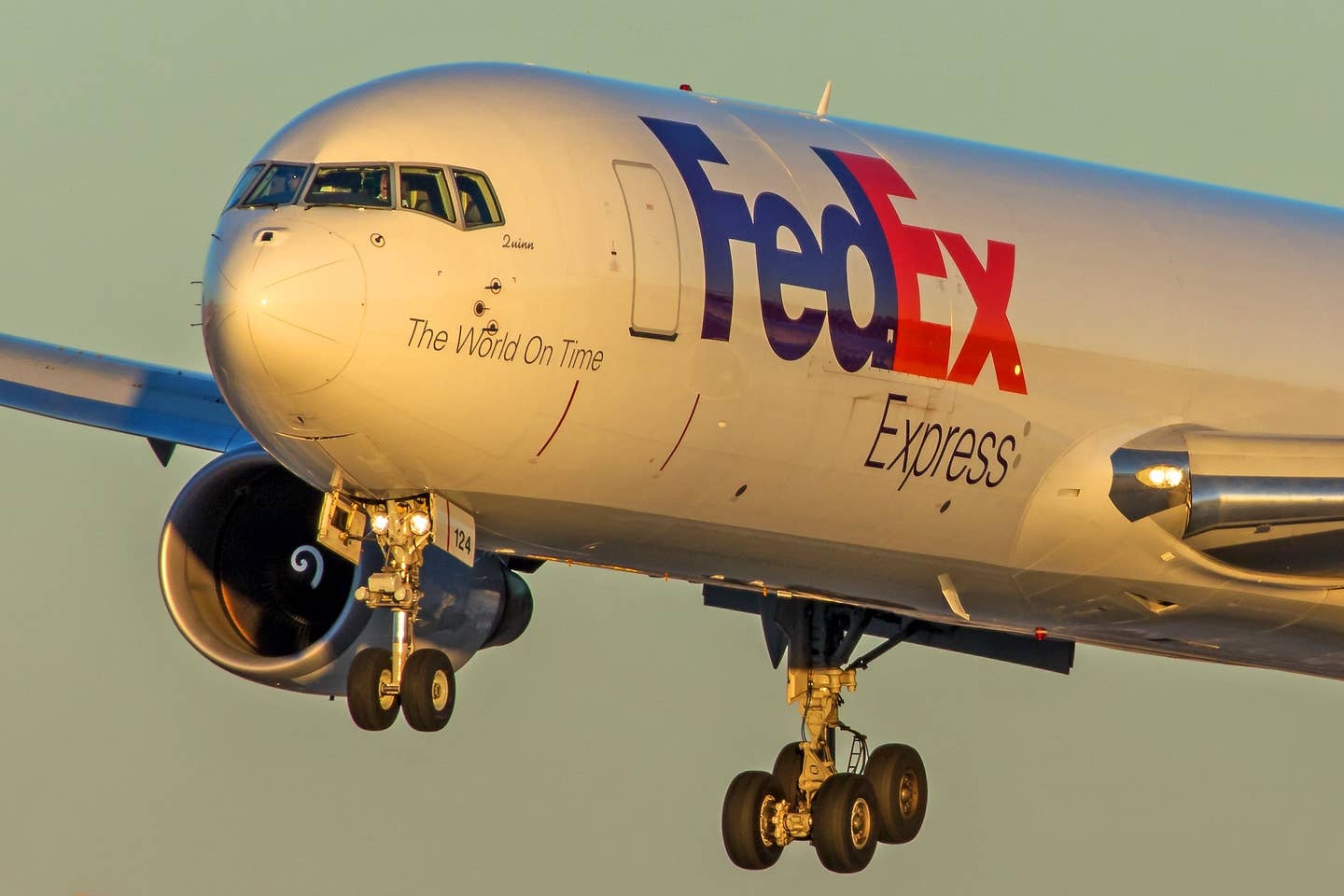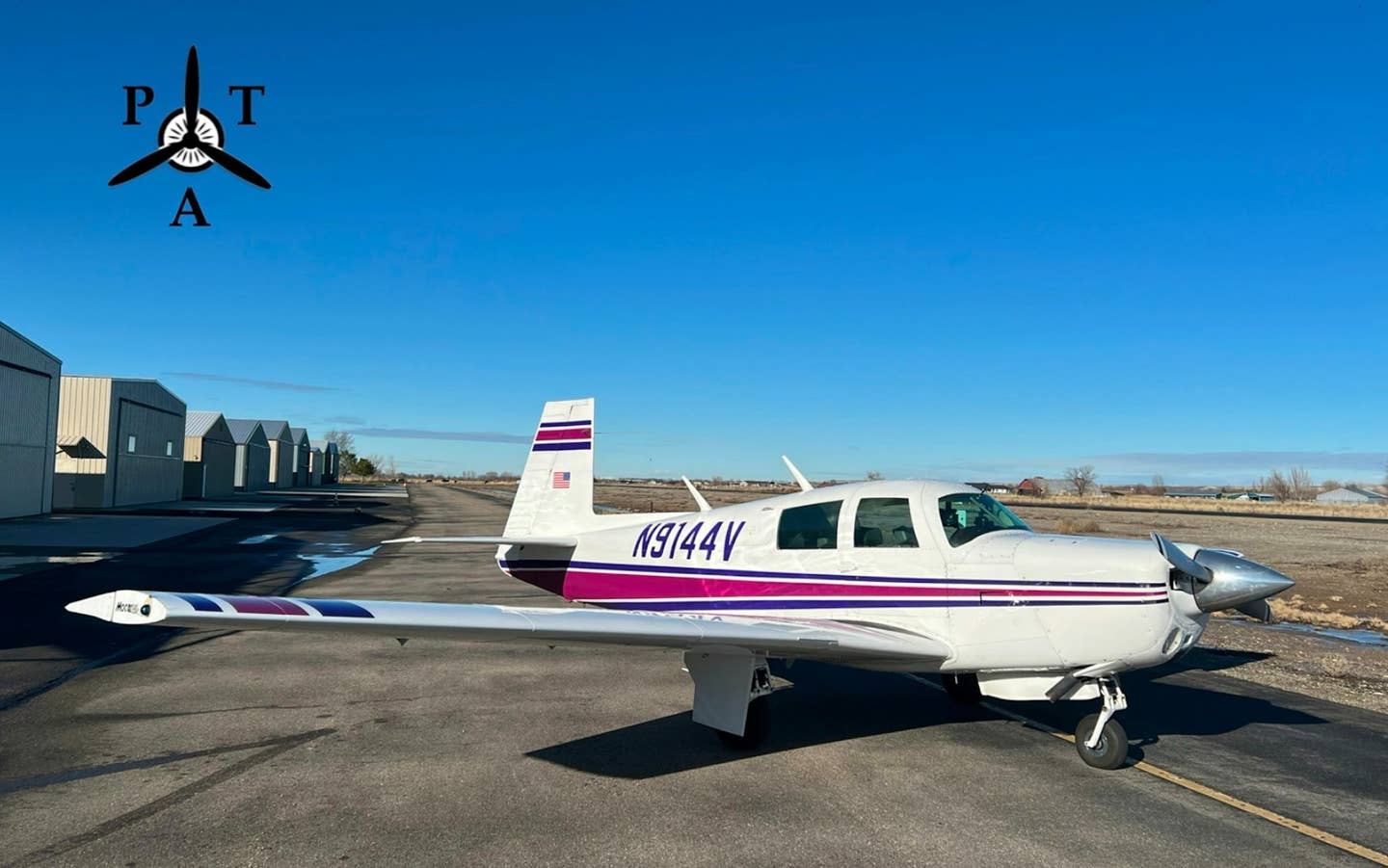
Liberty XL2
The Liberty XL2, a two-place trainer/touring airplane manufactured in Melbourne, Florida, might well be the most eccentric, innovative and downright quirky certified airplane you can buy, and chances are good that even if you have heard of it, you don't really know just how odd and cool it is.
The Liberty embodies several notable contrasts. Perhaps most telling is that it makes use of a number of ingenious design approaches and technological advances-not to be really fast, like a Cirrus or Columbia, but to be simple to fly. I'm reluctant to say that any airplane is easy to fly, because some degree of risk is always there no matter what the wings. But purely in terms of flying manners and ease of operation, the Liberty is the easiest flying airplane I've ever been in, and it offers good performance and utility to boot. How did the Liberty's designers pull off this feat? The way nearly all worthy aviation challenges are overcome: liberal helpings of good luck, calendar time and cash.
Back in the mid-1990s, long before there was a Liberty, I had a chance to fly the airplane that engendered it, the Europa. A kitplane designed by Ivan Shaw in the late 1980s, the Europa was an all-plastic airplane with a mid-wing, a single landing gear on the belly of the beast, like a sailplane, and a wing that a single person could remove and stow in about five minutes' time. My demo flight-I did maybe a quarter of the actual flying-was with the late Pete Clark, an aerobatics champion who wanted to demonstrate to me exactly what the airplane could do, and that included every basic and intermediate aerobatic maneuver I can think of and several others that I didn't know what to call. It also flew nicely in less G-loaded regimes, and while no barn burner, it could do a respectable 115 knots or so with a Rotax 912.
Over the next couple of years the company fiddled a little with the design to make it more marketable, taking a lot of labor out of the kit while adding a tricycle landing gear and boosting the power to 100 ponies. And pilots loved the airplane. To date, Europa has delivered more than 1,200 kits, and it's going strong.
Liberty Emerges
In 1998, Liberty Aircraft was formed to take the Europa concept to serial production. Now, the dream of certification has been a siren song to many kit manufacturers over the years. Some came to their senses in time, and others wound up on the rocks. Just a couple of others, Cirrus and Lancair (Columbia), have emerged from the type certification process with a certified airplane, many years and tens of millions of dollars later. In both cases the airplanes that evolved shared little in common with the one that launched the dream.
And so it has been with Liberty. While it hasn't spent as much money on the project as either Cirrus or Columbia, it has spent a lot. And the airplane it wound up with is a very different bird than the one with which it started. The good news is that the whole thing has worked out to this point, though it took a lot more time and money to get to certification than the company had anticipated. No shock there.
The purpose of that airplane might have changed on its journey from aerobatic kitbuilt scamp to certified normal category runabout, but many of the airplane's eccentricities have remained, giving it more character than just about any certified two-seater built in the past 50 years.
One of the biggest market obstacles that Liberty faces with the XL2 is the perception that the airplane is an updated Cessna 152. It's not. Or if it is, it has moved so far beyond Cessna's archetypical two-seater that the comparison is no longer instructive. For starters, it's huge inside. The shoulder room, 48 inches, is fabulous, and while I won't name names, it's as good or better than some production four-seaters with 310-horse engines, and they're roomy up front. And the Liberty is fast enough, 125 knots in cruise compared with 105 or so for the Cessna two-holer. Really, a far better comparison to make is with a brand new 172. Think of the XL2 as a really modern four-seat general purpose airplane... but with the rear seats missing.
In creating the Liberty, its designers made use of materials in unexpected ways. While Cirrus and Lancair are all-glass (as was the Europa, by the way), the Liberty sports aluminum wings and stabilizer to go with its carbon fiber fuselage and mixed-media vertical fin. The Liberty even uses carbon fiber for rollover protection. The structure passed the FAA's fiendish inverted drop test. Another odd design choice was to put the single 28-gallon (usable) fuel tank in the fuselage, a tack not often taken due to the obvious concerns of crash safety and fire potential. But Liberty pulls off the feat convincingly, using two layers, a sheet metal fuel tank enclosed in a carbon fiber shell and reinforced with additional carbon support structures. Again, it passed the FAA's 23-G crash test, and that-ask anybody who's had to do it-is no mean feat.
The end result, at least outwardly, is a two-seat airplane with lots of room inside, decent speed and range, and nice flying qualities.
Flying the XL2
I went out to Melbourne, Florida, to visit the Liberty factory and to fly the XL2. Liberty builds most of the parts there in Melbourne, including the composite fuselage, and assembles the airplane there, as well. Even though the XL2 I flew was one of the first Liberty examples, the fit and finish was nevertheless impressive. The interior, with the seats done up in tan leather, is refined, and the finish and fit of the parts is first-rate.
Getting into the airplane requires you to open the door, sit on the front of the wing, swing your legs into the cockpit and then lower yourself in. The operating handbook calls the airplane a "typical" low wing, but it's actually much closer to a mid-wing design. (The wings are removable on this model, though Liberty doesn't promote the feature much.) So getting into it might be a challenge for some older or less nimble occupants, though in all fairness, the same is true for much of the fleet.
Once you're inside, especially with somebody else in the right seat, the roominess of the Liberty is apparent. Forget intertwining your shoulders, like you have to do in a 152; there was a good six inches of space between me and Scott Lurkin, Liberty's chief pilot and director of sales, who flew with me.
Unlike seats on most certified airplanes, the seats on the Liberty are fixed. You use cushions to adjust your height. And the rudder pedals adjust forward and aft on the ground or in flight, to adjust your leg reach. There are no toe brakes, so that makes the foot position easier to manage compared to when you need to move your feet around to manage the brakes.
Seated and buckled up, the windows wrap around you, allowing an absolutely spectacular view out the sides and a good ways back, as well. The big semi-clamshell doors latch at the front-it's easy to get them latched and to ensure that they are. In back, the luggage area is large; there is no external baggage door, though there looks to be enough room to load from the front. Maximum weight in back is 100 pounds, which is a lot more than most pilots realize, and there's easily enough room for a couple of large duffels and more.
The panel is a three-section affair, with the flight instruments and engine gauges on the left side, a separate center stack for the radios and a circuit breaker panel on the right. The engine instruments are shown on a Vision Micro Systems display, situated right beneath the flight instruments, so keeping an eye on the system health is easy.
It's a nice setup as it is. Unfortunately, it doesn't lend itself to flat panels very well, so when that time comes, as it surely will, I'd expect to see a one piece, one-level panel with room for two LCDs. Liberty hasn't announced a glass cockpit vendor yet, but they're open about the fact that they plan to move in that direction sooner rather than later. There's probably no better way to stimulate interest and sales these days than by glassing up the panel. A center console has the throttle, brake finger levers, and fuel selector valve.
Okay, finger brakes. As I wrote when I flew the airplane a few years back, the Liberty has no toe brakes, only finger brakes, one little lever for the left wheel brake and one little lever for the right wheel brake. At that time I thought the finger brakes an odd choice and I predicted that the airplane would get toe brakes by certification. I was wrong. I was also wrong about the finger brakes. They're not hard to use once you've got the hang of them, which means getting comfortable with operating the throttle with your thumb and the heel of your hand, while you use your index and middle finger to work the differential brakes. The maneuverability of the airplane on the ground is nothing short of phenomenal. You can, and we tried this, taxi straight into a spot between two parked airplanes and turn around 180 degrees in that space. Very cool, but you might want to practice the move first without the other airplanes there.
Preflight is different in the Liberty because you have to run through the fadec checks before each flight. The checks essentially ensure that the fadec system is working properly before you go flying, which makes a lot of sense. Otherwise, the items are all pretty standard.
On takeoff the rudder comes alive as soon as you advance takeoff power, or in fadec terms, go to WOT (wide open throttle). The airplane tracks easily and liftoff is more like a levitation than a rotation. You really don't need much runway.
Control forces are light, but very pleasingly so, and the big stick gives all the power you'd ever need and then some. Climb performance on a warm winter day at sea level in Florida was excellent, and I kept the airspeed indicator at 80 knots, as Scott suggested, which gave us better than book numbers on rate of climb, which is advertised as around 700 fpm. It's a good climber, especially compared with its now-out-of-production kitplane predecessor.
Inflight visibility, as I mentioned, is excellent, and as we leveled off for cruise and I retrimmed the airplane, it accelerated at high cruise power right to its top-of-the-green 125-knot indication. Liberty lists a 130-knot max cruise speed once the airplane gets new wheel pants and an upgraded prop.
The Liberty is pretty fast, but it's also capable of getting really slow. The book stall speed with full flaps is just 39 knots indicated, though the manual recommends coming in at no slower than 65 knots until the flare on a short field landing, 26 knots over the stalling speed. It seemed fast to me.
Helping the airplane achieve its low, low stalling speeds are the long-span slotted flaps. There are two settings, 20 degrees or 30 degrees. On approach, I found that setting up a stabilized approach was easy (helped at least in part by the smooth and predictable response of the fadec engine). Landing the airplane was straightforward, and it handled the gusty crosswind the day we flew without complaint.
As a cross-country airplane, the XL2 is quite capable. It has a fine useful load, around 600 pounds, an excellent full-fuel payload of better than 400 pounds, and 28 gallons of fuel in the fuselage tank, which with the fuel-efficient Continental IOF-240, delivers about a 500-mile no-wind range with reserves. And it's IFR certified, so you can fly for transportation with a high degree of confidence that you'll be able to make your destination on a regular basis.
As of this writing, the company has only delivered a handful of Liberty XL2s. It hopes to get 114 or so out the door in 2006. Now that it's certified, orders for this little big airplane are building. The company says that it's up to more than 130 orders, with those split quite evenly between orders from flight schools and private individuals looking for a fun-to-fly runabout useful, one imagines, either to go visit the grandkids when they live too far away or to escape for awhile when they're too close to home.
With a cost of just less than $180,000 fully decked out, the Liberty isn't as cheap as the company had projected even a couple of years ago, and at its current price it might face sticker shock from customers who will look hard at spending a little more and getting a new four-seater. Then again, the operating economies of the XL2, with its fadec engine and 5.5 gallon-per-hour fuel burns, are tough to beat, too.
What the future holds for the XL2 remains to be seen, but the good news for Liberty is that what it's looking to sell is a capable, comfortable and versatile airplane that's both economical and fun to fly. It's hard to think of a better place to begin a journey.
Fadec Revolution
Perhaps because it's outwardly a conventional-looking airplane, the Liberty probably hasn't gotten credit for its innovative features. In fact, in one regard, it is nothing short of a pioneer. The Liberty is the first production piston airplane with full authority digital engine control (FADEC).
As the guinea pig for fadec when it was being certified by the engine manufacturer, the XL2 went through teething pains with the technology, including nagging problems with rough idle. The problems are apparently solved. The fadec system on the Liberty I flew worked smoothly and flawlessly.
Why fadec? The benefits are compelling
For the past two decades pilots have been asking why our airplane engines couldn't have the same advanced features as automotive engines. As we've written about in these pages before, Teledyne Continental Motors (TCM) has invested millions in bringing us just that, with its lineup of fadec piston four- and six-cylinder engines. And the first to go into a production airplane is the IOF-240-B.
Fadec is a revolution in part because it takes care of all of the engine's parameters automatically, so the pilot doesn't have to. There is no mixture control in the XL2, just a throttle lever. And it's not just for convenience or ease of use. The fadec computer does an infinitely better job of monitoring power than any mere mortal could.
The fadec computer uses speed, temperature and pressure sensors to measure the health of each cylinder, as opposed to a mixture control, which throws more or less air/fuel at every cylinder all at once. In contrast, fadec meters the fuel and spark delivery of each one of the cylinders, so every one gets exactly the right spark and fuel flow for its needs.
Pilots use the throttle lever to set the desired phase of flight mode for the engine. The controller monitors the engine parameters and then sets the mixture and spark based on that phase of flight: start, idle, low power, low power cruise, high power cruise, max continuous power and takeoff (wide open throttle, or WOT). The concept of throttle detents is nothing new to pilots of jets, though it might take a while for light airplane fliers to get used to it. I do mean a "little" while, too, because it's an easy thing to get used to fast.
The biggest downside of fadec, some argue-and there aren't many critics-is that it's not a self-powered system, like the magneto-powered ignition systems in the current fleet. If you lose electrical power with fadec, the engine quits. To guard against this unlikely but unwelcome risk, the Liberty is outfitted with a pair of batteries, a main one powered by the alternator, and a backup unit, which is continuously charged by the main bus. If that main battery were to fail, the backup can provide up to an hour of power, so the idea is to get back on the ground soon and get it fixed. Of course, magnetos have their own mechanical and electrical failure modes, so it's hard to argue that there's any net loss with fadec.
The benefits of fadec are huge: better fuel economy (up to 15 percent better); longer engine life; high levels of reliability and redundancy, easy starting and smooth operation. There's also engine data logging, potentially reduced maintenance costs and, most apparent to the pilot, ease of operation. Sweet deal.
| Liberty Aerospace Liberty XL2The airplane flown for this report was equipped with a pair of Garmin navigators, a GNS 530 and a GNS 430, a Garmin Mode-C transponder, a Garmin GMA 340 audio panel, and a Vision Micro Systems engine instrumentation display system, as well as a pair of Garmin CDIs with glideslope indicators. All performance figures are from the manufacturer and unless otherwisenoted are for standard conditions. |
| Typical Price $178, 318 Price as equipped $178,318Engine Continental IOF-240, 125 hp, with FADECTBO 2,000 hoursPropeller Sensenich 2-blade, wood/fiberglass, fixed-pitch 69-inch diameterSeats 2Length 20.3 ftHeight 7.4. ftWingspan 28.8 ftWing area 112 sq ftWing loading 14.8 lbs/sq ftPower loading 13.2 lbs/hpMax takeoff weight 1,653 lbsEmpty weight 1,065 lbs (VFR airplane)Useful load 588 lbsUsable fuel (gallons) 28Payload, full fuel 420 lbsMax rate of climb 682 fpmNever exceed 162 kiasStall speed (landing) 39 kiasMax cruise 125 kiasMax no-wind range 500 nm (with VFR reserve) |

Sign-up for newsletters & special offers!
Get the latest FLYING stories & special offers delivered directly to your inbox

